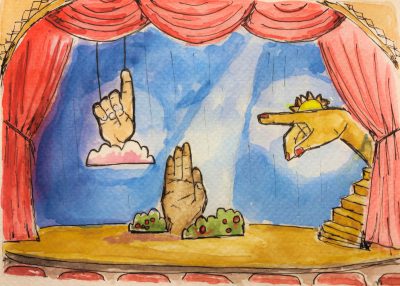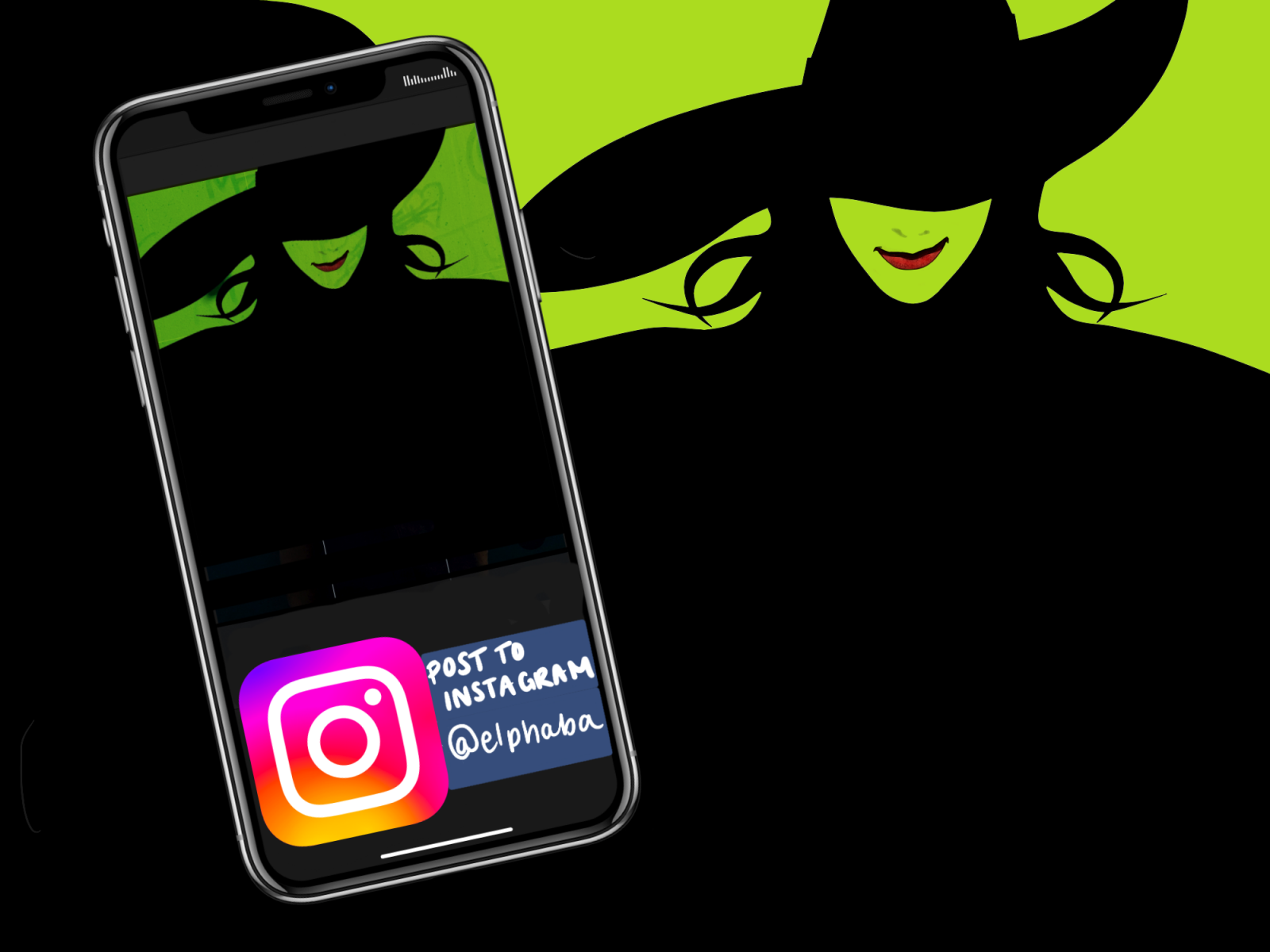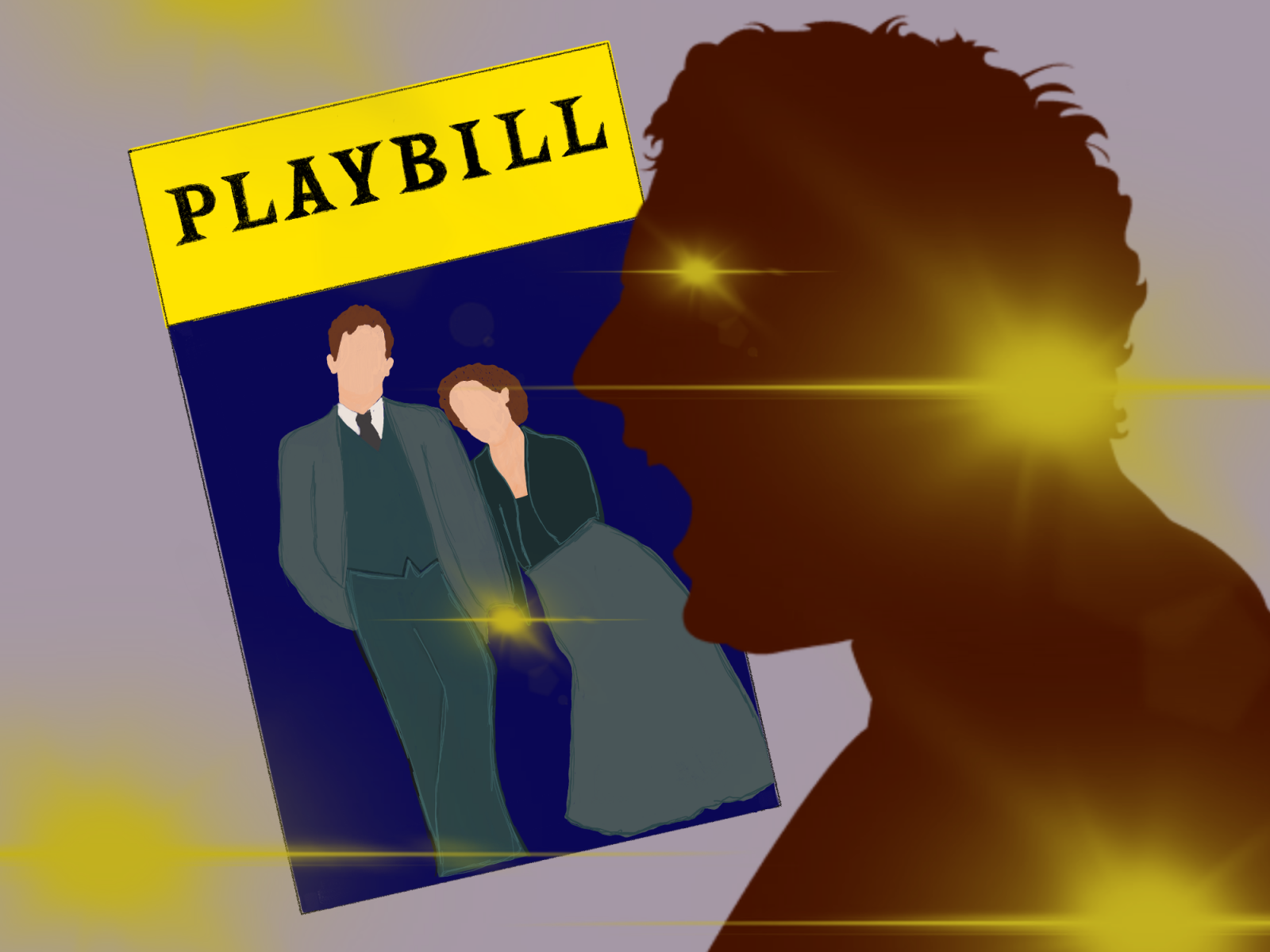A woman by the name of Samantha Coleman was in the front row of the Walter Kerr Theatre on Oct. 12, 2022 to watch the Tony Award–winning musical “Hadestown.”
Coleman describes herself as “deafblind — late hard of hearing and progressive vision loss” in her Instagram bio. To improve her experience, the theater provided Coleman with a closed captioning device.

Lillias White, who played the role of Hermes in the musical, reprimanded Coleman mid-performance for using the closed captioning device that the venue provided. The actress believed Coleman was inadvertently recording the performance.
Since the incident, Coleman has said that she believes her reaction was a big misunderstanding rather than maliciously intended. However, it does demonstrate the massive amount of social stigma surrounding these kinds of accommodations.
Coleman said in an interview that she sees this as “an opportunity for conversation, education and change… I desperately hope my story can prevent another horrifying and embarrassing experience for someone else.”
She highlighted how important it is to raise awareness about discrimination and prejudice toward the deaf and hard of hearing community — but the principle of the matter is that the world of theater still has a long way to go with bringing closed captioning technology to public attention. This would ensure that those who use it will not be treated with contempt or shame but rather with acceptance.
There are accessibility services available in Broadway theaters, but they are not as common and normalized as they should be — Theatre Access NYC is a website that “provides assistance to theatergoers with disabilities” — note that although deafness is frequently mischaracterized as a “disability,” it is actually a cultural and linguistic minority group.
Details about accessibility services for current Broadway productions are available on Theatre Access NYC, including whether a specific venue offers captioning devices, sign language interpretation, audio description, etc.
Another tool for deaf and hard of hearing individuals is the Theatre Development Fund (TDF), “a Not-For-Profit Organization for the Performing Arts which works to make theater affordable and accessible to all,” which sponsors Theatre Access NYC.
For its members only, “TDF Accessibility Programs provide open captioning and/or American Sign Language (ASL) at select Broadway performances.” Let me emphasize — a select number of performances. Why not all performances?!
Clearly, more resources are needed to expand access to Broadway theater for those who need them. But don’t get me wrong — these initiatives are positive developments. It’s incredible that there are services available to make theater accessible to deaf and hard of hearing individuals.
Programs like these, though, are far from perfect for a variety of reasons.
It’s ridiculous that hearing individuals can purchase tickets whenever they want, but the deaf and hard of hearing community must jump through a number of hoops to see a Broadway production with the services they require.
Captioning technology, as well as interpreters, should be available for every single performance on Broadway and in theaters around the world. Further, there is no excuse as to why translators should not be hired for all performances. It is completely unfair to deny show dates and shows to attend.
At the Emerson Colonial Theatre in Boston, where I recently saw “Into the Woods,” three ASL interpreters were stationed on the stage’s edge — during this performance, trained American Sign Language interpreters translated the onstage action.
Despite having seen upwards of thirty Broadway productions in my lifetime, this was the first time I had ever attended a performance with ASL interpreters.
Although I am a hearing individual and do not understand ASL, I appreciated the translators’ presence because it meant that the deaf and hard of hearing community could also enjoy the show.
Broadway must do more to recognize this community — this includes standardizing devices like the captioning device Coleman used, as well as providing ASL translators at all Broadway performances. The deaf and hard of hearing community can play an important role as well, by publicizing the latest advances in their communication tools to a wider audience.
What I’ve always loved about being part of a theater community is its inclusivity. I hope theaters will make a greater effort to accommodate minority groups, so that everyone can experience the magic of these live performances.





















































































































